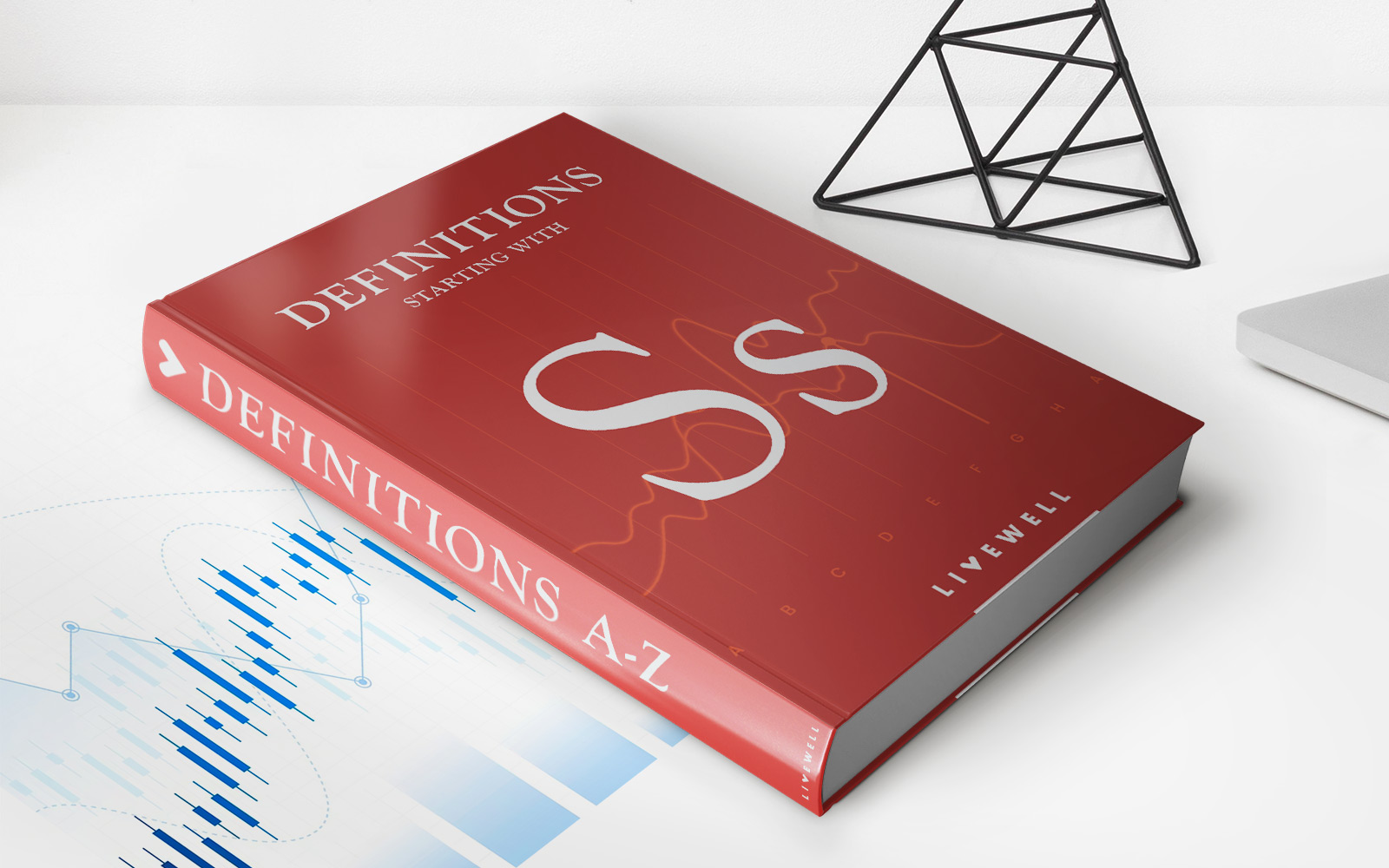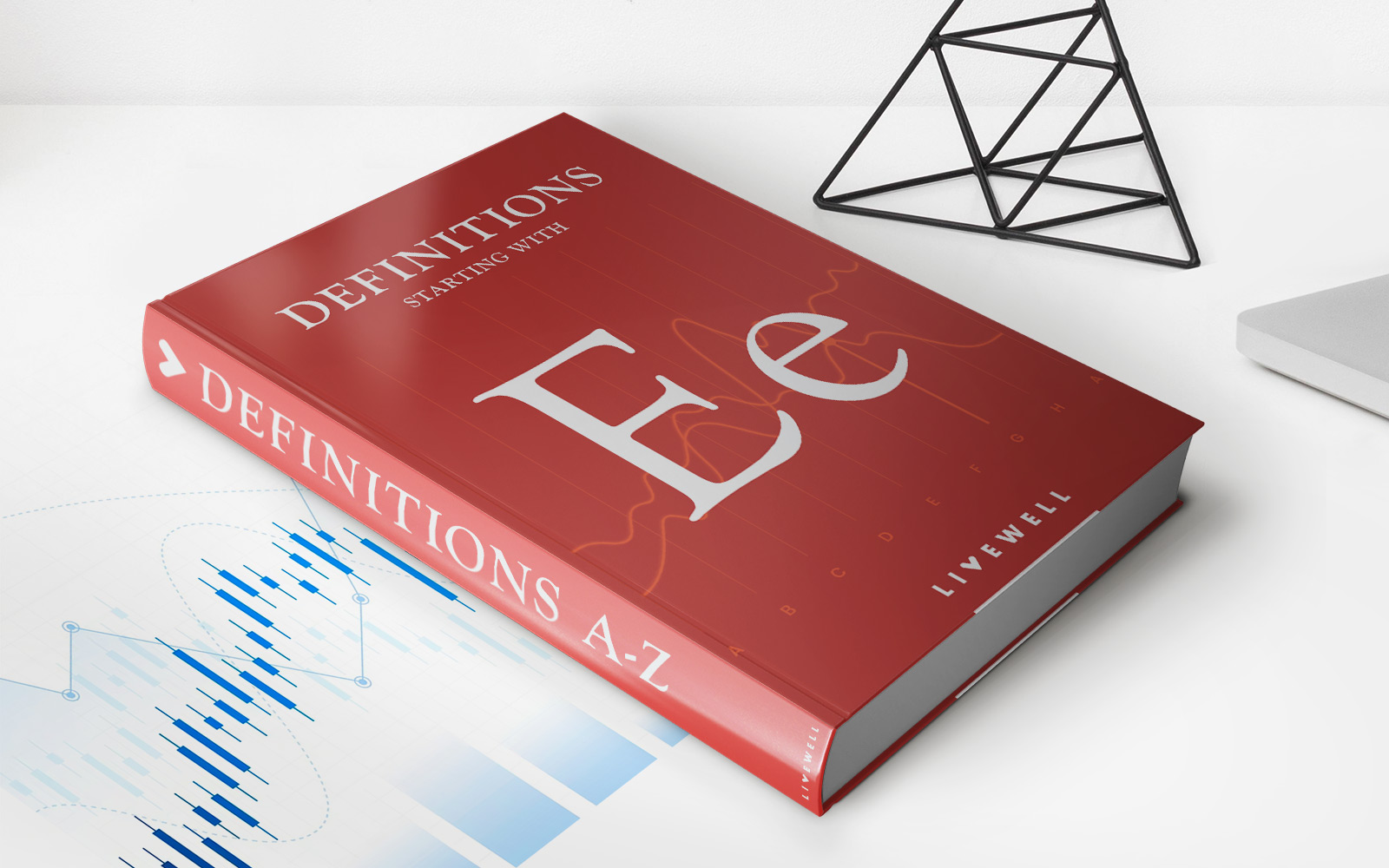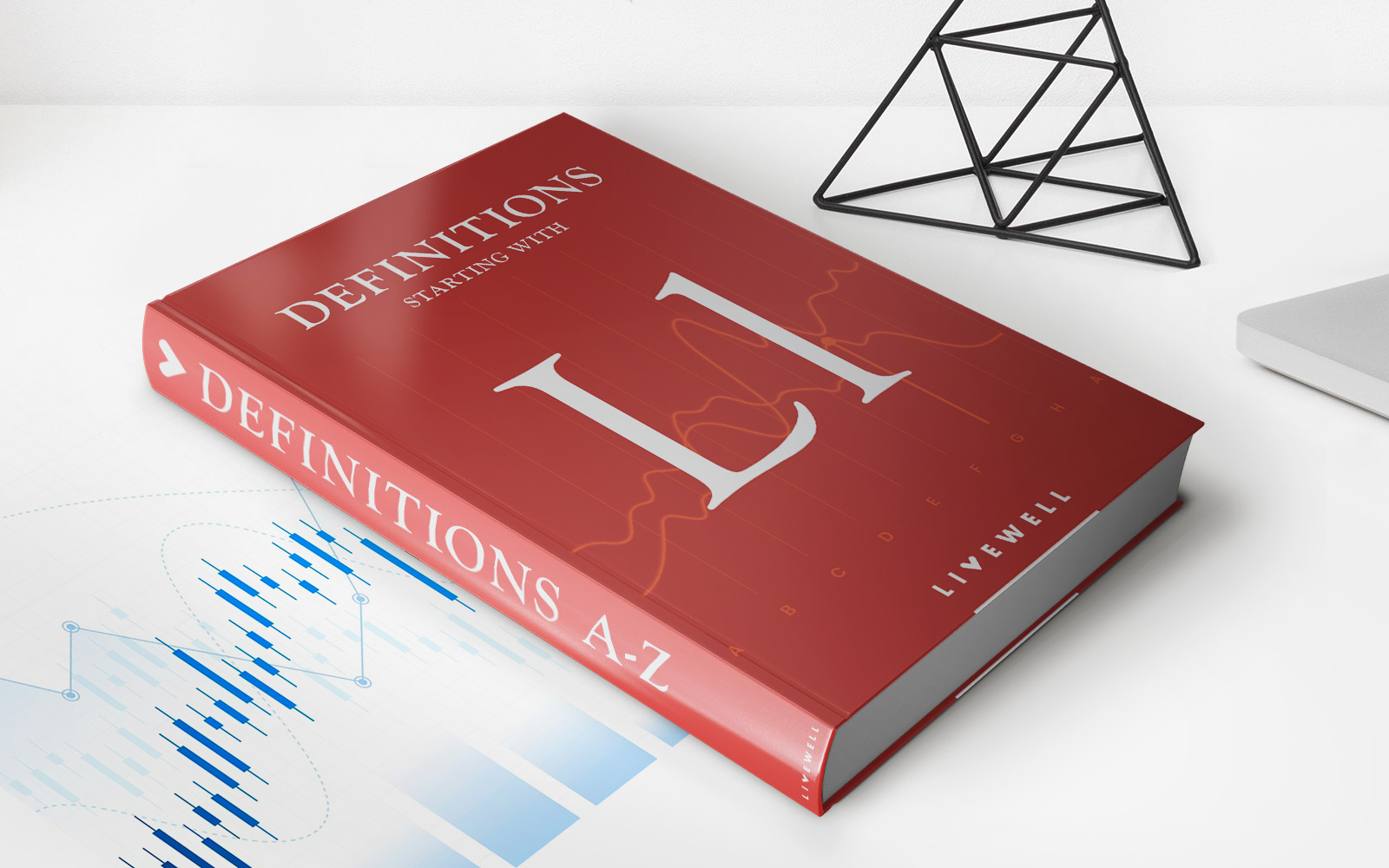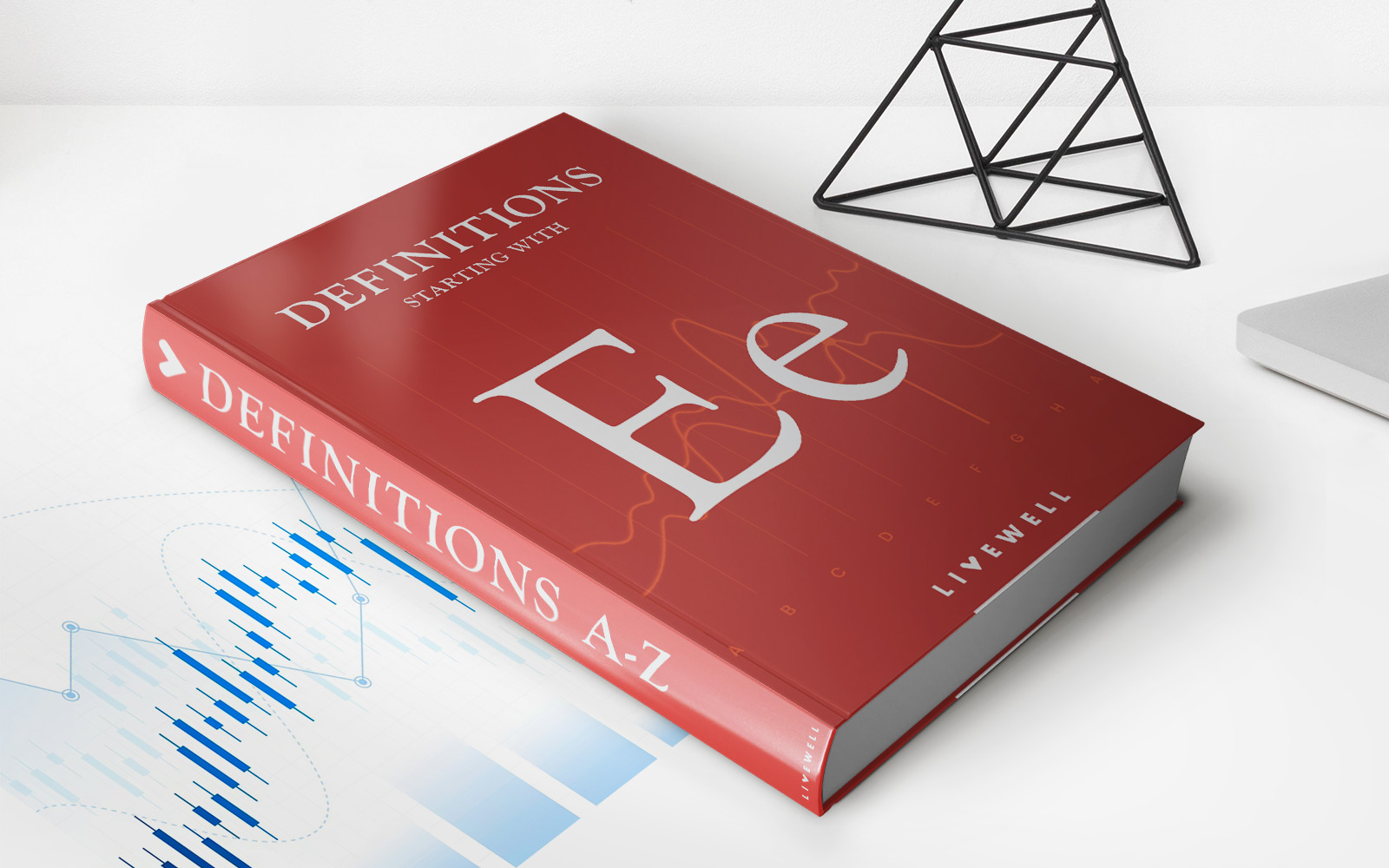Home>Finance>Gift Splitting: Definition, Example, And Tax Rules


Finance
Gift Splitting: Definition, Example, And Tax Rules
Published: November 30, 2023
Learn about gift splitting in finance, including its definition, examples, and tax rules. Discover how this strategy can benefit you and ensure you stay within the bounds of tax regulations.
(Many of the links in this article redirect to a specific reviewed product. Your purchase of these products through affiliate links helps to generate commission for LiveWell, at no extra cost. Learn more)
Gift Splitting: Definition, Example, and Tax Rules
Are you looking for a smart and efficient way to manage your finances? If so, understanding the concept of gift splitting can be a valuable tool in your financial planning arsenal. In this blog post, we will delve into what gift splitting is, provide an example to illustrate its application, and highlight the relevant tax rules to consider. So let’s get started!
Key Takeaways:
- Gift splitting allows married couples to combine their gift tax exemptions, effectively doubling the amount of money they can gift tax-free.
- By utilizing gift splitting, couples can maximize their estate planning strategies and reduce potential tax liabilities.
What is Gift Splitting?
Gift splitting is a tax strategy that enables married couples to maximize their gift tax exclusions by pooling their individual exemptions. In simple terms, it allows couples to collectively gift larger amounts of money without incurring any gift tax consequences.
To fully comprehend this concept, let’s explore an example:
Imagine John and Lisa, a happily married couple with two children. John wants to gift their eldest child, Emily, $30,000 to help with her college expenses. Without gift splitting, John would be limited to gifting a maximum of $15,000 (the current annual gift tax exclusion as of 2021). However, John and Lisa can opt to use gift splitting to combine their individual exemptions, resulting in a total exemption of $30,000. As a result, John can gift the full amount to Emily while avoiding any gift tax implications.
Tax Rules for Gift Splitting
While gift splitting offers substantial benefits, it’s essential to understand the tax rules associated with this strategy. Here are a few key points to keep in mind:
- Spousal Consent: Both spouses must agree to split gifts on their federal gift tax returns.
- Equal Splitting: When opting for gift splitting, couples must split gifts equally, regardless of who provides the funds.
- Filing Requirement: To utilize gift splitting, both spouses must file a federal gift tax return (IRS Form 709).
- Exclusion Amount: The annual gift tax exclusion limits the amount that can be gifted tax-free, which is currently $15,000 per recipient in 2021. By utilizing gift splitting, this exclusion amount doubles to $30,000 for married couples.
- Lifetime Exemption: In addition to the annual gift tax exclusion, individuals have a lifetime exemption, which is currently set at $11.7 million per person in 2021.
Understanding and implementing gift splitting as part of your financial planning can not only help you make the most of your estate planning goals but also assist in minimizing your tax burdens. So, make sure to consult with a qualified tax professional or financial advisor to evaluate how gift splitting could benefit your specific financial situation.
In conclusion, gift splitting is a powerful tax strategy that allows married couples to leverage their combined gift tax exemptions. By utilizing gift splitting, couples can maximize their gifting abilities while steering clear of potential tax liabilities. Remember to study the tax rules, consult with professionals, and make informed decisions to optimize your financial planning strategy.














